It can be difficult to know whether or not to prune tomatoes, and if one decides to prune, difficult to know how and when to prune your tomato plants. Pruning tomatoes is not necessary but can benefit your plant by allowing better airflow, protecting tomatoes from disease, and encouraging more energy to go toward fruit production. Pruning indeterminate tomato varieties can be beneficial in keeping plant sizes manageable and protecting tomato plants from breakage.
To help you make your decision on whether or not pruning your tomatoes is right for your plants, let’s discuss the different pruning advice between indeterminate and determinate tomato varieties, as well as the benefits and drawbacks of pruning tomato plants.
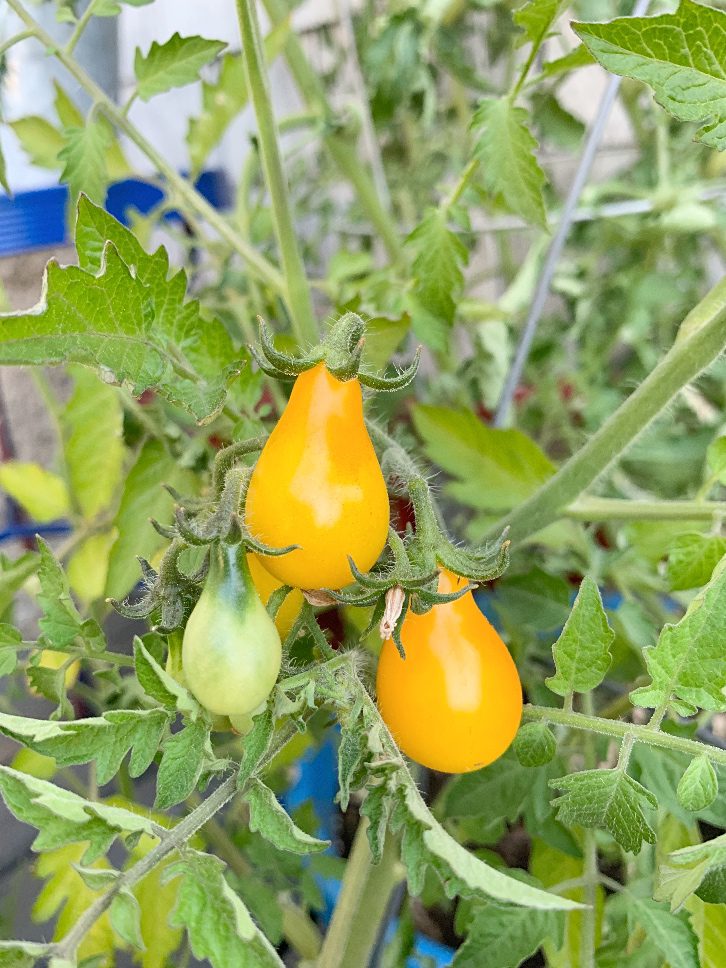
Pruning Indeterminate Tomatoes
Indeterminate tomatoes (also referred to as “vine” tomatoes) can grow to be quite tall. Just as the name implies, the height of these plants is not predetermined. They continue to grow in height throughout their life. These tomatoes can be topped (pruned off the top) to keep them a manageable size and to protect them from breakage at any point in their growth without harming the plant.
Pruning Determinate Tomatoes
Determinate tomatoes (sometimes labelled “bush” tomatoes) should not be topped until all fruit is set for the year. This variety of tomatoes produces most of its fruit near the top of the plant, and if the top is cut back early in the year, you may inadvertently drastically reduce tomato production. If you feel these plants are becoming too tall to manage, trim the bottom leaves and plant tomato plants deeper into the soil instead of topping. You can even transplant the tomato, laying the roots on their side to reduce tomato height. This technique can be done with all tomato varieties at any point of plant maturity.
Grow the Best Tomatoes

Subscribe and get your free 10 page guide to Tomatoes. I'll show you how to start them from seed, the best care practices, and how to harvest them. Plus, you'll get 4 tomato recipes delivered straight to your inbox.
Benefits of Pruning Tomatoes
Both determinate and indeterminate tomatoes can have suckers pruned off to improve airflow and protect your plant from disease and breakage. Suckers are sometimes called “armpit” branches. If you look at your tomato plant closely, it should have one main stem. Suckers are new stems trying to grow off to the side. If left, these suckers will eventually produce blossoms. Especially on the tall indeterminate tomato plants, the suckers may end up heavy and difficult to support, leading to breakage.
To find your suckers, follow your eyes up the main stem to the first branch off to the side. If two branches are coming off the stem at the same place on the same side of the stem, the middle branch is your sucker. If the branch is at a 90-degree angle, the sucker is at about a 45-degree angle. This can be pruned off right at the base, where it grows out of the stem. Begin pruning from the base of the plant, leaving upper branches to protect young fruit from being sunburnt.
Topping both determinate and indeterminate tomato varieties can be done in mid to late summer to encourage the plant to put its energy into ripening set fruit while discouraging your plant from putting energy into new growth and blossom production when the blossoms will not have time to bear fruit.
Some tomato growers choose to aggressively keep all leaves and branches lower than the fruit-bearing branches pruned off their tomato plants. Doing so is said to increase yield. If you go this route, make sure your tomato plant is stabilized well, as it will end up top-heavy.
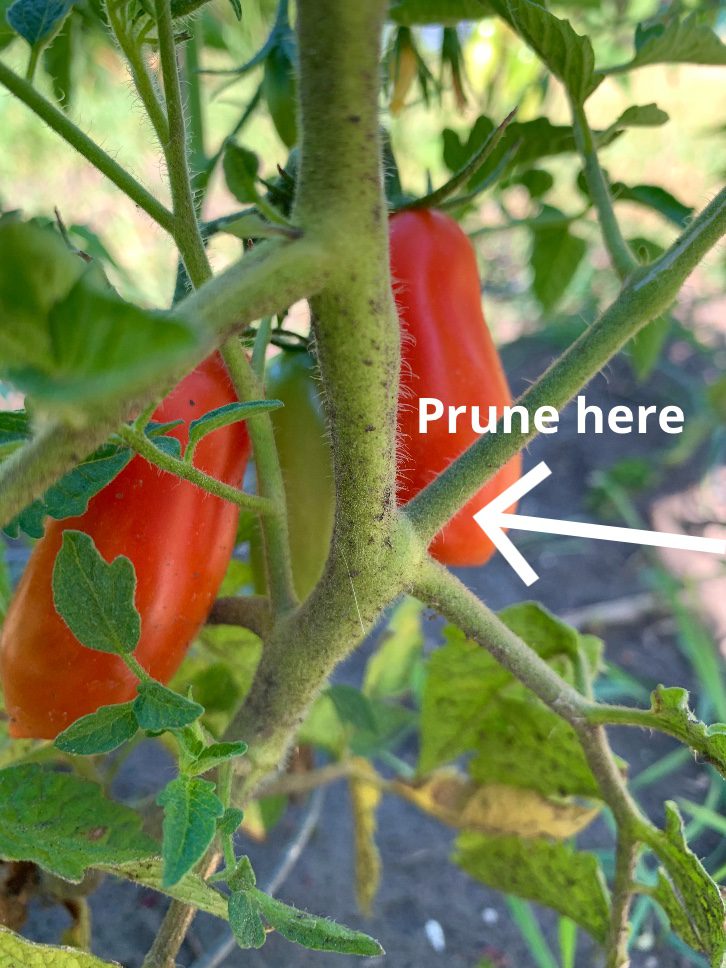
Related: The Best Tomato Varieties to Grow & How to Fix Blossom End Rot
What Happens if You Do Not Prune Your Tomato Plants?
If you choose not to prune at all, chances are your tomato plant will be just fine and still produce well. You may end up with a larger number of tomatoes by forgoing pruning, although the fruit present may be slightly smaller than that on a pruned plant. If you choose not to prune your tomato plants be extra careful to make sure they are adequately spaced and are in a location with good ventilation. Check regularly for powdery mildew (whiteness on the leaves), any black spots developing on the leaves or other unhealthy-looking tomato leaves on your plants. Prune dying or unhealthy leaves off regularly. If you think you may be dealing with a disease, prune carefully so as not to spread the disease and wash hands and sheers prior to touching other plants.
Pruning your tomato plant causes stress to the plant. It is better to prune more often and to prune less off at a time than to prune a lot off all at once. Consider pruning a few branches off each tomato plant every 2 to 3 weeks to keep plants healthy, protect from mildew and other similar diseases, and to encourage fruit production.
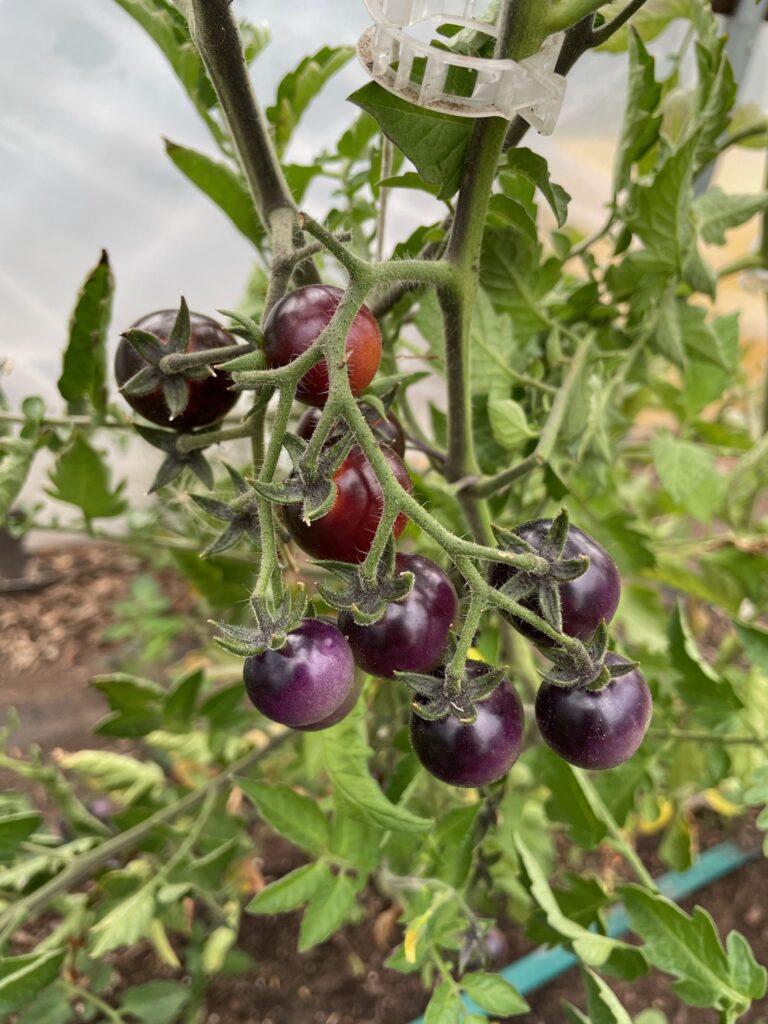
If you liked this blog post, follow me on Facebook, TikTok, and Instagram for more cold-climate gardening tips, delicious recipes, and cut flower goodness! I also make weekly videos over on my YouTube channel. I hope to see you there!
NEED MORE HELP IN THE GARDEN?
Green thumbs aren’t just given out at birth. They’re a combination of learning about gardening and trial and error. If you wish you knew more about gardening and had more confidence in your abilities, you need the Growing Roots Gardening Guide.
It’s an e-book plus 6 bonuses. Everything you need to go from complete garden newb to confident gardener in one growing season. Get all the details of what’s inside here.
Happy gardening!

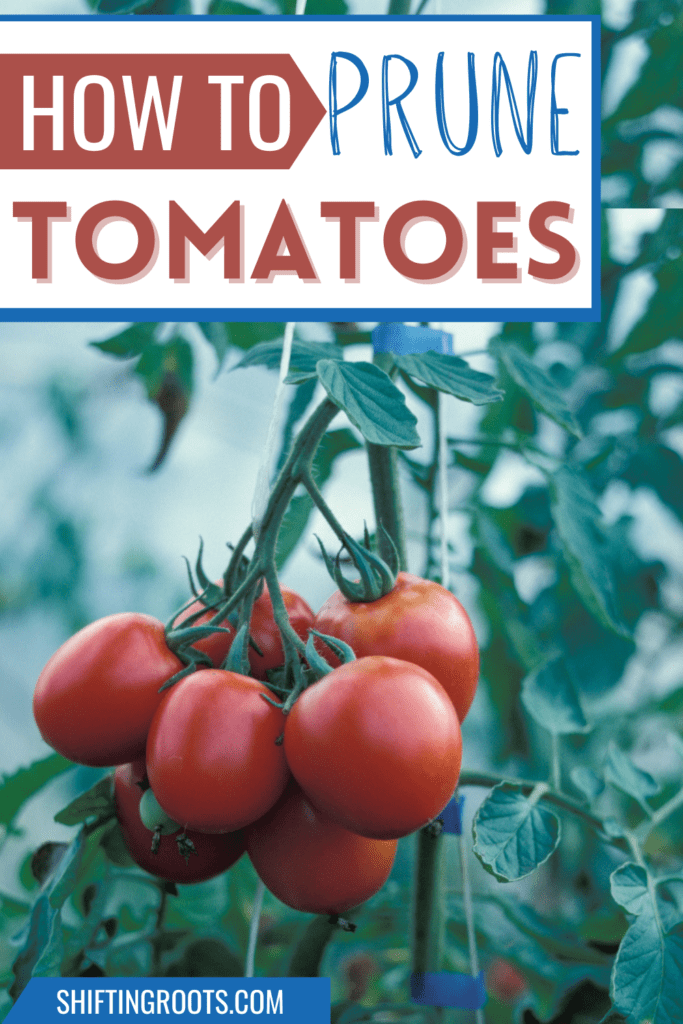
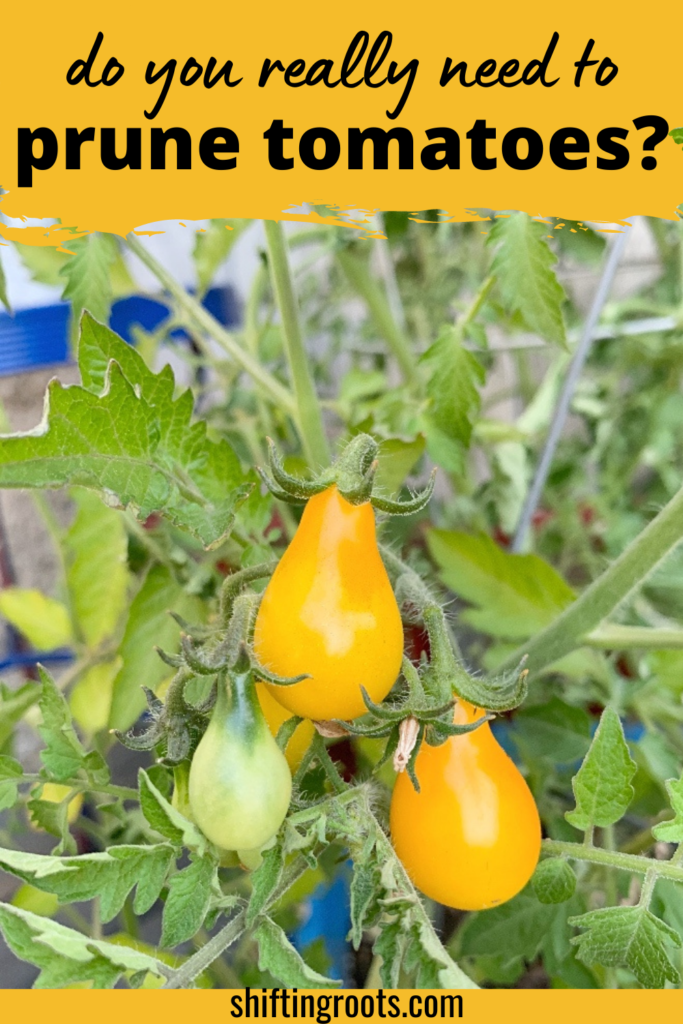

Join the conversation